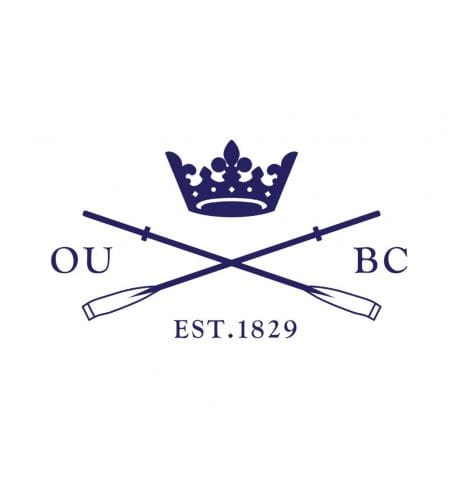Words: Mike Vernon
Remembrance Day is an opportunity to reflect on the sacrifice of those who gave their lives in conflicts. The shadows of the First World War were beginning to loom in 1912 which is when we begin our look at the impact of the two World Wars on the men who had taken part in The Boat Race.
The contest in that year of 1912 hit choppy waters. Cambridge sank and Oxford had to row to the bank and bail out the boat. Oxford won the re-row a week later. Most of the crews involved in that 1912 race served in World War I – one man winning the Military Cross.
World War I
The Boat Race 1913 was a very close race, Oxford winning by three quarters of a length; but in 1914, Cambridge won against the odds. Five of the 1914 crews (and 42 Boat Race alumni in total) lost their lives during World War One. It was the last Boat Race until 1920.

Henry Goldsmith, 2nd from left in the back row.
Henry Mills Goldsmith was one of those casualties of the Great War. Known as ‘Rosie’, he was born in Plympton, Devon in 1885 and went up to Jesus College (Cambridge) in 1905. He rowed in The Boat Race in 1906 and 1907, both of which Cambridge won, with Goldsmith in the 3 seat. Goldsmith was also a member of the Cambridge University Boat Club / Great Britain crew who won bronze in the 1908 Olympics (Britain had two crews racing, entered as Leander Club and CUBC respectively).
Henry was a lieutenant in the Devonshire Regiment but was killed in action on 9 May 1915, at the Battle of Aubers, part of the second battle of Ypres in Belgium, one of 11 000 British casualties on that day. He was 29 and left a wife and baby daughter. His remains were never found.
World War II
In the years leading up to World War II, Oxford won in 1937 and 1938 and Cambridge won in 1939. This was the last official Boat Race for seven years (there were unofficial Boat Races held including at Ely in 1944). World War II resulted in 19 Rowing Blue Oxbridge deaths, including two of the Oxford crew of 1938.
One of these was Squadron Leader Melvin Young, a Lancaster bomber pilot who was killed in the Dambusters Raid of May 1943.
One of the 1936 Oxford Blue Boat was John Steel “Jock” Lewes, who went on to become one of the founding members of the Special Air Service (SAS).

Jock Lewes, second from left
Jock was born in Calcutta in 1913 and grew up in Australia. He came to the UK in 1933 and enrolled at Christchurch, Oxford to study PPE (his younger brother David came with him to study Physiology, represented Oxford at Judo and became a consultant cardiologist). Lewes was President of OUBC in 1937 and rowed at 2 in the 1936 Boat Race. Oxford started well and led for half the race until Cambridge passed them and went on to win by five lengths.
Lewes was commissioned as a lieutenant while at Christchurch in 1935 and joined the Welsh Guards in 1940. His fascination with chemistry led to him inventing the famous Lewes bomb in 1941 which combined explosive and incendiary elements. He joined the fledgling SAS as a volunteer under David Stirling. They mounted raids behind enemy lines in the North African desert against airfields and supply dumps, sometimes being in the desert for weeks. It was while returning from one of these raids in Libya on Christmas Eve 1941 that their patrol was strafed by enemy aircraft resulting in his death.
Like Henry Goldsmith the site of his remains is unknown. Like millions of other fallen, We Will Remember Them.



